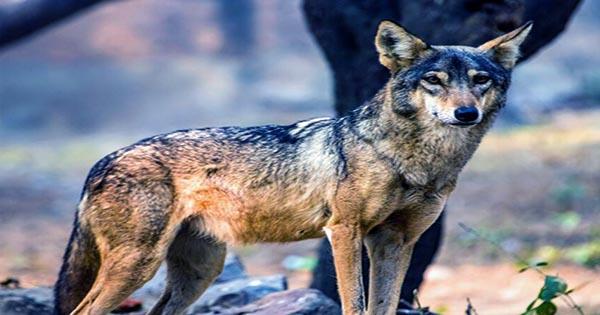For the first time, the genome of Indian wolves has been sequenced, revealing several surprising and concerning information about these animals. They are not only genetically distinct from gray wolves, but they may also be the world’s oldest surviving wolf lineage and, tragically, the most endangered wolves on the globe.
The goal of a new study published in Molecular Ecology was to figure out where these animals belong within the lupine lineage. Researchers sequenced the genomes of four Indian and two Tibetan wolves and compared them to 31 other canid genomes to find out.
Tibetan and Indian wolves are unique from one other and from other wolf populations, according to the findings. In light of their findings, the study’s authors propose that these two populations be designated as evolutionarily significant units as a temporary measure until a new taxonomic classification can be agreed upon. Although the move is only temporary, it will assist communities and scientists in gaining support for the protection of these species.
In a statement, co-author Bilal Habib, a conservation scientist from the Wildlife Institute of India, said, “This work may be a game-changer for the species to persist in these landscapes.” “People may be surprised to learn that the species with which we have been sharing the landscape is the most genetically distant wolf alive today.” Indian wolves were once supposed to have a range that stretched from Turkey to the Middle East, Iran, Afghanistan, Pakistan, and India. However, based on this study’s genomic data, the Indian wolf is exclusively found in Pakistan and India. As a result, its genuine population would be significantly fewer than previously thought.
Lead author Lauren Hennelly, a doctorate student with the UC Davis School of Veterinary Medicine’s Mammalian Ecology Conservation Unit, noted, “Wolves are one of the last remaining large carnivores in Pakistan, and many of India’s large carnivores are threatened.” “I hope that knowing they are so rare and only found there would encourage locals and scientists to study more about wolf conservation and grassland environment conservation.”
Recent investigations have already proven that the Tibetan wolf lineage is unique and older than the typical gray wolf lineage, according to a news statement. The DNA of the Indian wolf is much more diverse than that of the Tibetan wolf, according to recent research. Both of them diverged from their common progenitor, the Holarctic wolves of Eurasia and North America, much earlier. For as long as 700,000 years, Indian and Tibetan wolves may have been distinct populations.
















